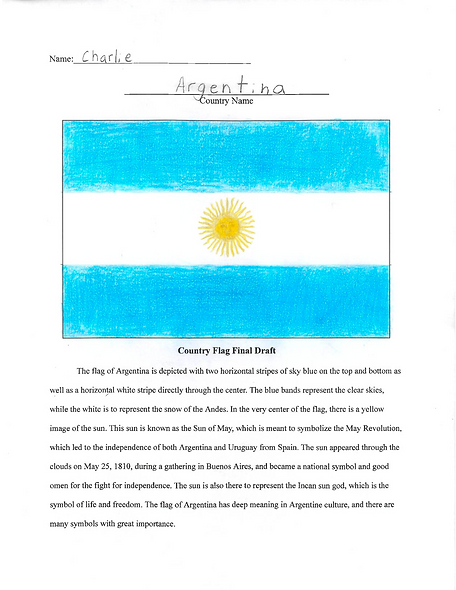
Flag and Facts


Infographic and economics
Argentina has one of the largest and most diverse economies in Latin America, with vast natural resources, thriving agriculture, and a well established industry. Although it is one of the world's wealthiest countries, Argentina does not have a consistent and stable economy. In the 20th century, Argentina began to suffer from recurring economic crises, high inflation, and an increase in external debt. Despite its high potential, poor economic management keeps it in a fragile state. Argentina’s GDP per capita is currently around 14,200 USD, which is relatively high compared to its neighboring countries. Several countries such as Uruguay and Chile have a substantially higher GDP per capita, although there are still many countries in the region and beyond that don't have as high of a GDP. There is a large income gap between the rich and the poor in Argentina. In 2022, the wealthiest 20% of the population made nearly 46.6% of the nation's income, which slightly decreased from 47.8% in 2021. Currently, nearly 40% of the population lives in poverty, meaning they are not able to afford things like food, housing, and healthcare. The income gap has gone up and down over the years, with the government helping to reduce it, although economic crises have made it worse. Argentina has many important exports, although the largest include soybean meal, corn and trucks. Among their common imports are refined petroleum, vehicle parts and accessories, as well as natural gas. Argentina tends to trade with many other countries across the world, with their biggest partners being Brazil, at 15%, China at 9%, the United States at 8%, and many other neighboring and international countries. A large portion of the industries that are able to provide jobs are agricultural and livestock industries, as well as significant opportunities in manufacturing. Argentina’s economy is extremely large, yet it is unstable and weak, and has had many troubles over the years.